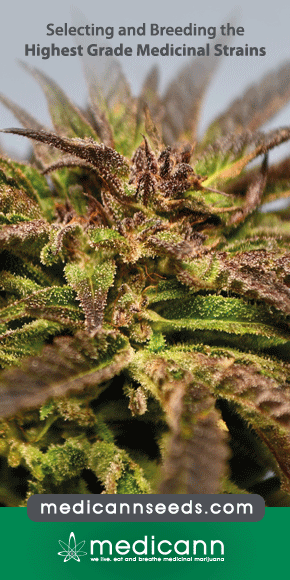Therapeutic Value of Medical Marijuana in New Jersey Patients: A Community Partnership Research Endeavor
The Public Health Program at Stockton University partnered with the Compassionate Care Foundation to ascertain the impact of medical marijuana on patients in New Jersey. Patients volunteered to complete a survey once a month for 8 months. The survey explored their use, form, and strain of medical marijuana and its influence on pain and 12 other physical and mental health variables. Also, an increase or decrease in other medication taken and any unexpected outcomes were recorded. Results support positive therapeutic benefits of medical marijuana, and despite methodological limitations, our study contributes to the growing body of literature.


